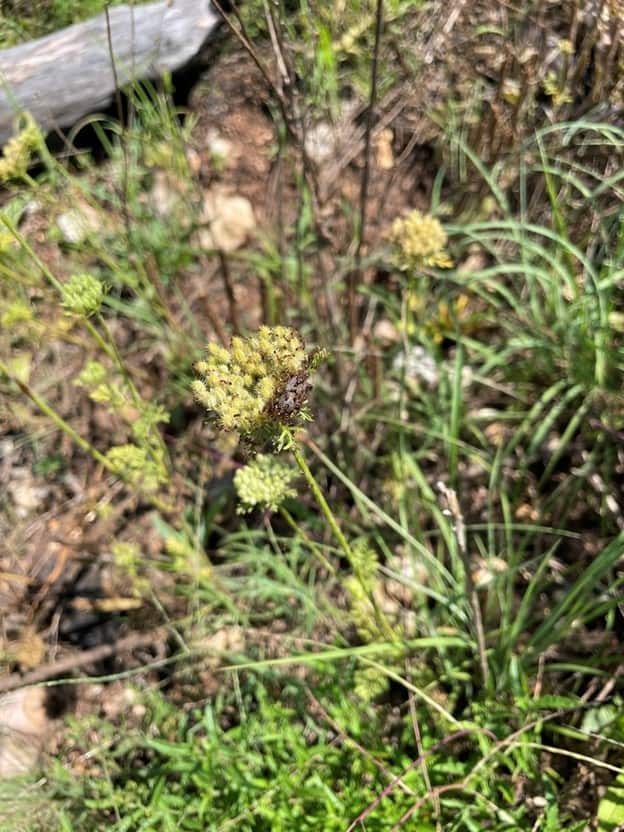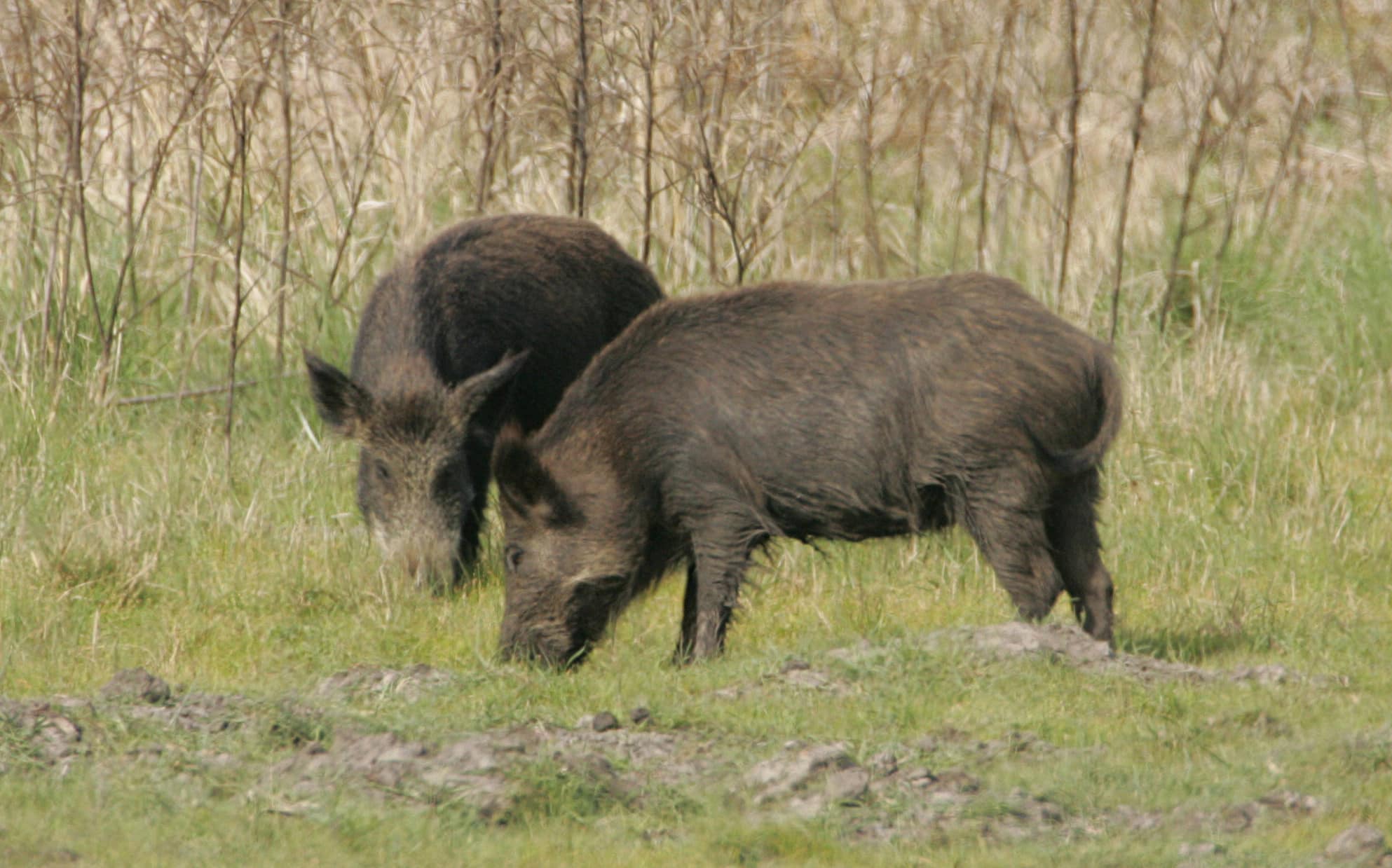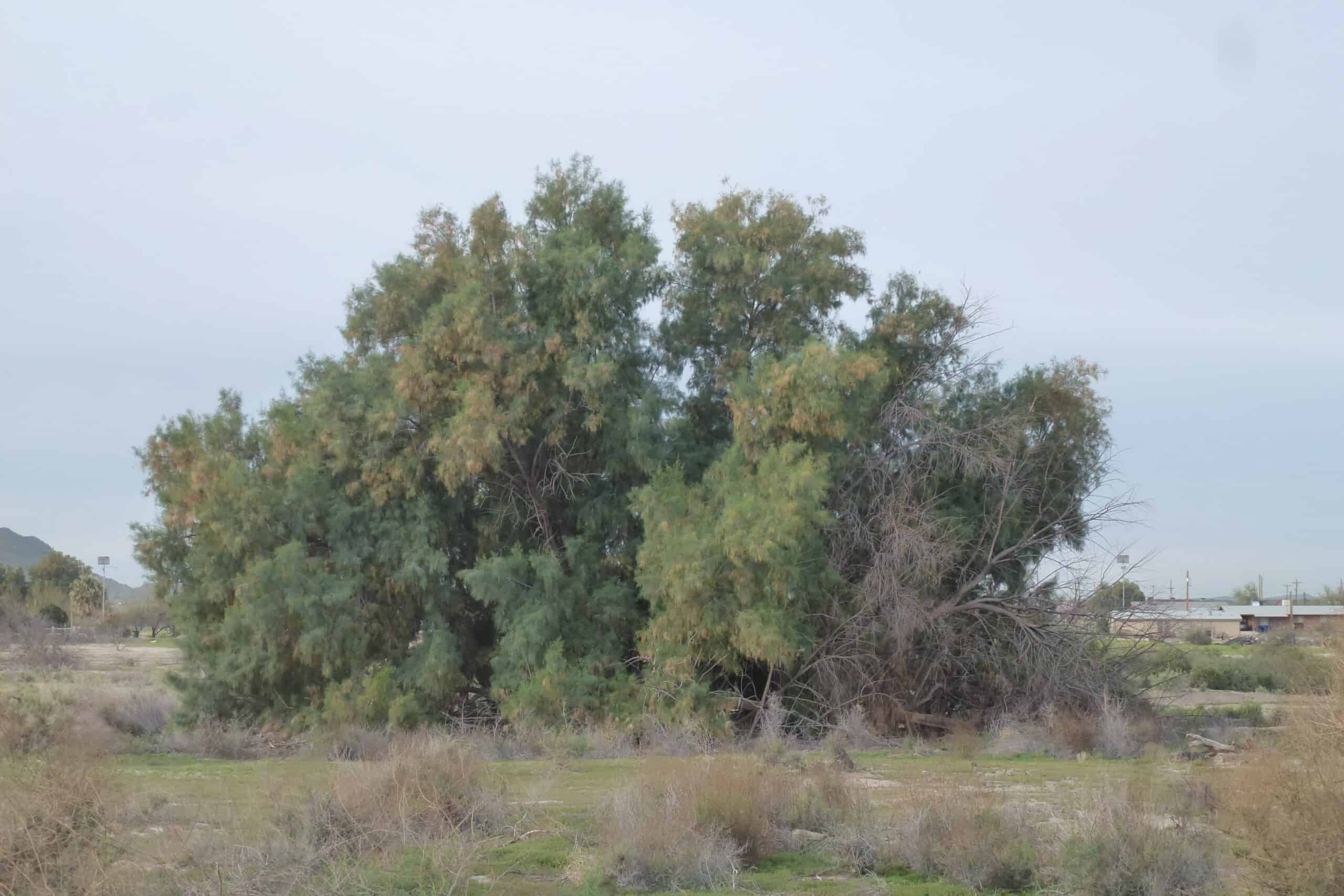Share this article
Wildlife Featured in this article
- fire ant
- bobwhite quail
- Attwater's prairie chicken
JWM: Invasive fire ants reduce butterfly abundance
Pollinator trapping experiment reveals another way that imported ants may be affecting the ecosystem
Invasive fire ants are preying on native butterfly species, so much so that they may be reducing their abundance at some sites in Texas.
“Fire ants are bad for butterflies,” said Emily Geest, a postdoctoral fellow in conservation science at the Oklahoma City Zoo and Botanical Garden.
Red imported fire ants (Solenopsis Invicta) are native to parts of Brazil and Argentina. They were first introduced to the United States in Mobile, Alabama in the 1930s. Since then, they have spread through neighboring states, preying on and killing native birds, reptiles, amphibians, small mammals and now, it appears, insects.

Geest and her colleagues were tag-teaming on another study by other researchers examining the effect that the ants had on bobwhite quail (Colinus virginianus) and Attwater’s prairie chicken (Tympanuchus cupido attwateri) nesting success. For that study, researchers had treated some parts of giant ranches for fire ants using a granular deadly ant bait spread from helicopters and planes in 2017. Those researchers left untreated plots of land adjacent to every treated area to determine the effect that removing the invasive insects would have on bobwhites and prairie chickens.
Geest’s team took advantage of the treatment, setting traps for pollinators in the same area. They set out colored pans with soapy water, which decreases the surface tension so insects are trapped when they land. They placed yellow, blue and white traps out three times per sampling period in 2018 and 2019. They then collected the contents of the traps and took the pollinators back to the lab for species identification.
They were originally going to examine the effect these ants have on bees, but when they started examining the traps, the researchers quickly realized they were catching far more butterflies than expected. They shifted the focus of their study published recently in the Journal of Wildlife Management.

In two years, the researchers collected 1,262 butterflies in total from 28 species. They found butterfly abundance was 26.6% higher in the areas treated for fire ants compared to those that hadn’t received treatment.
“Fire ants do attack and lower the total butterfly abundance,” Geest said.
The researchers also found that butterflies that spent their winter in the area as eggs, larvae or chrysalises were more vulnerable to fire ant predation than those that migrated away before these immature stages. The traps collected 1.3 times more overwintering butterflies in treated areas compared to untreated areas.
Geest said this is likely because the insects are more vulnerable in these immature stages, since they can’t fly away to escape predation. Many species are largely immobile in these stages, and caterpillars can’t always move fast enough to escape a swarm of fire ants.
“When you are a caterpillar, egg or chrysalis, you are kind of stuck there,” Geest said.

Some 80% of the butterflies collected were skipper species. These are the predominant pollinators in the butterfly world, Geest said. By removing so many pollinators, fire ants may be affecting the density of wild flowers, aside from just killing insects. Monarch butterflies (Danaus plexippus) also come through this area, though the traps only collected one monarch during the course of this study.
This article features research that was published in a TWS peer-reviewed journal. Individual online access to all TWS journal articles is a benefit of membership. Join TWS now to read the latest in wildlife research.
Header Image: Monarch butterflies were among those found in the study area. Credit: Andrea J








